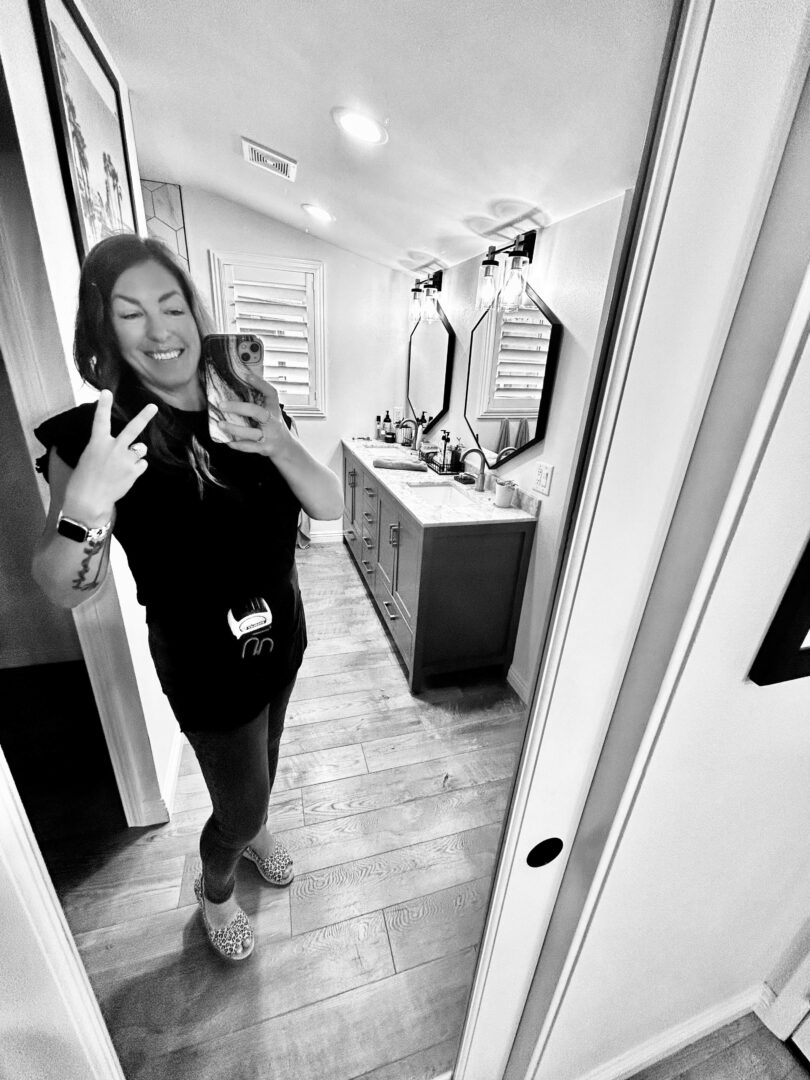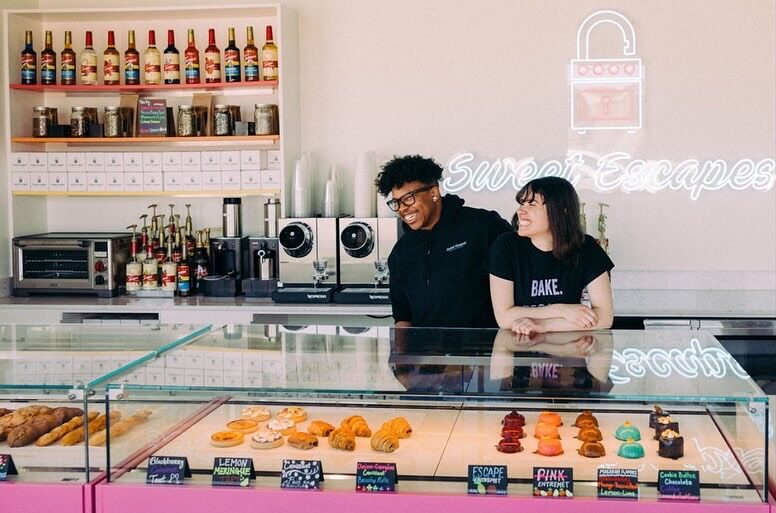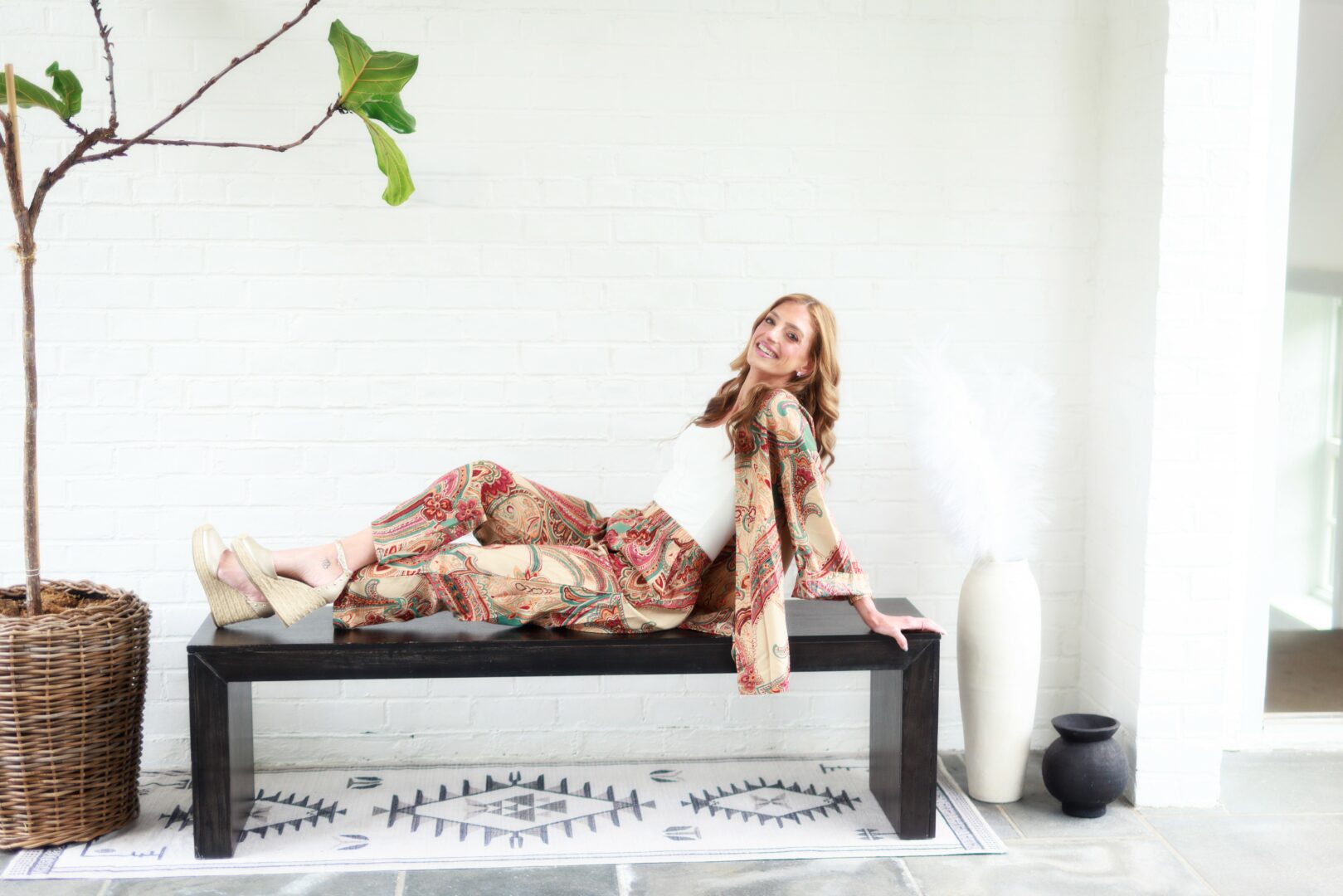We recently connected with Heidi Ingersoll Gammarano and have shared our conversation below.
Heidi Ingersoll, thank you so much for making time for us today. We’re excited to discuss a handful of topics with you, but perhaps the most important one is around decision making. The ability to make decisions is a key requirement for anyone who wants to make a difference and so we’d love to hear about how you developed your decision-making skills.
Every day of my life, whether it be personal or professional, is filled with decision-making. Everyone’s is, really. But in my line of work, there’s a constant stream of decisions to make, all day every day. Decisions, decisions. Decisions to be made on my own behalf, for my business goals, and decisions to be made on the client’s behalf.
Focusing on decisions I make for my clients, my process involves really getting to know my clients in the beginning, so I can gauge how much they really want to be involved in the decision-making. I wrapped a big project last August and those clients wanted to be involved in everything we chose, every detail. To the point where it almost seemed like my involvement was not even necessary sometimes. In contrast, I am currently on an even larger project right now, and this client wants almost no involvement in the decisions. She wants me to figure everything out for her, and has gone so far as to tell me I have Carte Blanche approval privileges for everything in the house. I love that, but I still run every decision I make through her, just to cover the bases.
Sometimes there is a design decision to be made, and you hit a nerve you didn’t know was there. For instance, if I am choosing this perfect wallpaper and it happens to have birds in the design, but I didn’t know that the client is absolutely terrified of birds…not a good design decision in this case. No matter how good it would look, there’s an element that does NOT work. So this is why even when I have an easy client that wants me to make all the decisions, I still get their thumbs up on it before committing.
Much of the decision-making in my design process just comes from trusting my own sense of style and inherent eye for scale, color, layout, etc. I don’t usually have to spend a lot of time thinking about design elements, I just pull things together and can pretty quickly decide if something looks right, or something is off.
Another thing that I keep in mind, and I tell this to clients to help them make decisions, is that fabrics don’t have feelings. They won’t know if you didn’t choose them. You aren’t going to hurt the fabric’s feelings by picking another one instead. This applies to paint colors, chairs, light fixtures, tile, you name it. People get hung up on choosing one over another sometimes and I find this little bit of humor injected into the conversation helps them hone in on the one they like better for whatever reason, and make the decision. They’re not “hurting the feelings” of the items.
Also, you can’t choose EVERYTHING. A decision needs to be made. It’s okay to appreciate something, but not be able to choose it because of various reasons. Sometimes that reason is price, sometimes that reason is style…it just doesn’t go with everything else. I do love some Maximalism, but there are still limits to what you can include. There can be a fine line between Maximalism and Hoarding!
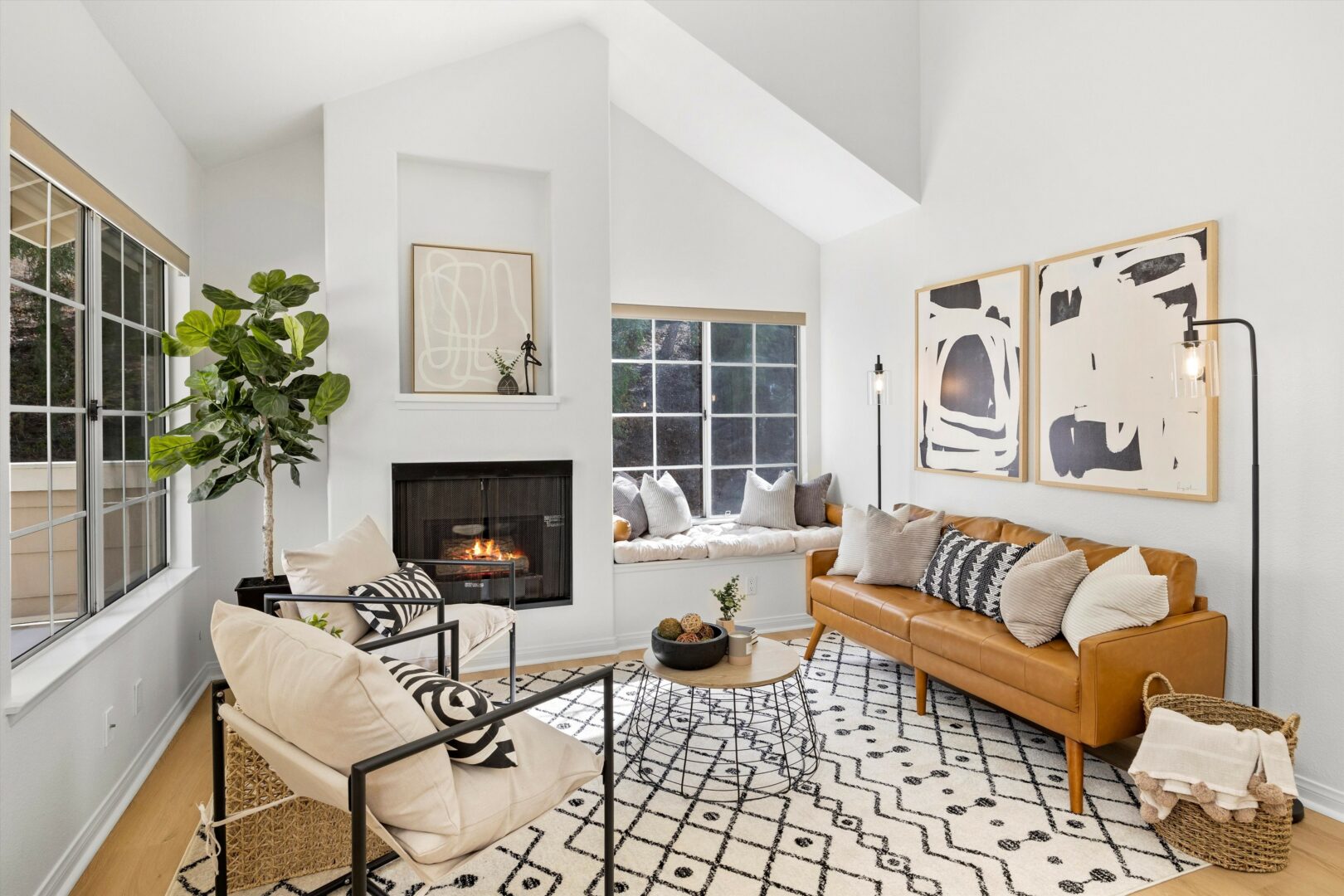
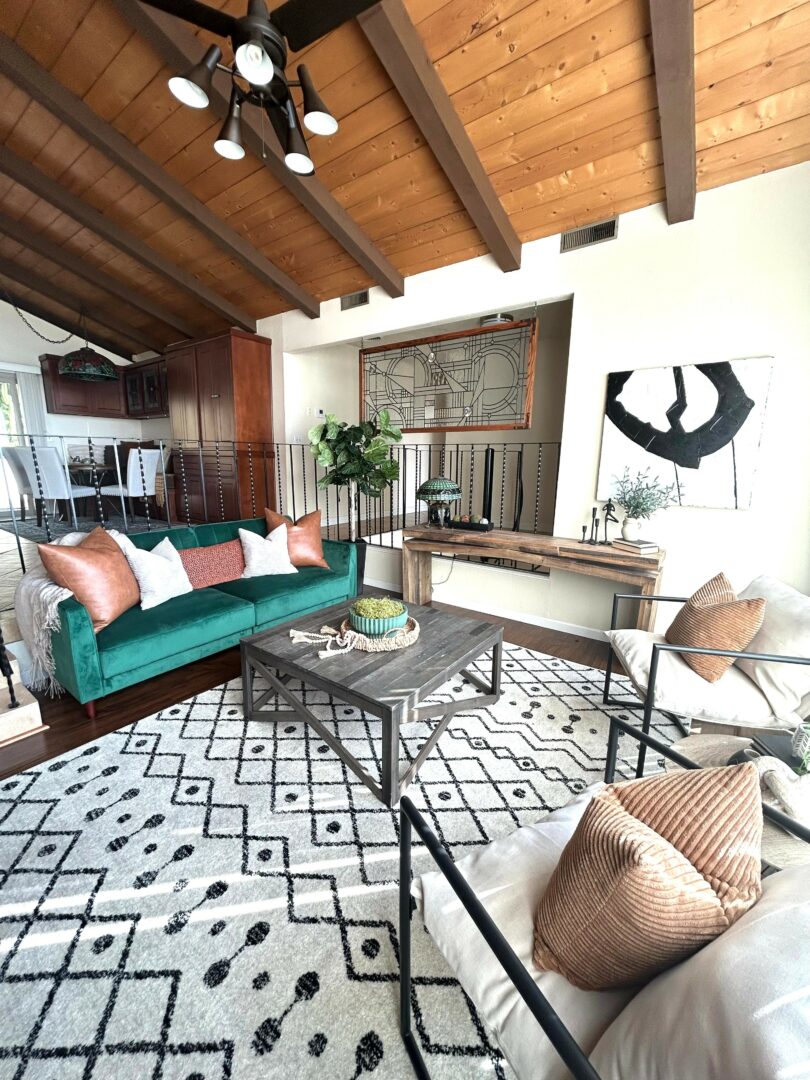
Great, so let’s take a few minutes and cover your story. What should folks know about you and what you do?
I studied Interior Design, but my first job after college was Model Home Staging. So I have always had my foot on each side of the fence. Interior Design is not Staging, and vice versa. Obviously anyone with an eye for interior design will have a knack for staging, and an excellent stager can make their way into the interior design world, too. But they’re different. However, I do them both and I certainly blend the lines, because I have background in both.
Interior design is much more personal, involves more creativity in terms of permanent items, and needs to be functional. Staging is formulaic. I can say I recently taught a friend who works part-time with me, how to stage, and she has a background in bookkeeping and hotel management. But she knows how to stage now. It can be taught, definitely. The creativity comes in with figuring out how to highlight the home’s potential, downplay problem areas, and use inventory over and over in different settings.
I’d say that my interior design projects involve elements of staging in that I accessorize the way a staged home would be, usually. And my staging projects have an elevated look because I am certainly NOT a cookie cutter stager, I bring some personality to them. Staging is supposed to be the “de-personalization” of a home, but I somehow am able to make my staged homes appealing to the masses, without just being beige everywhere.
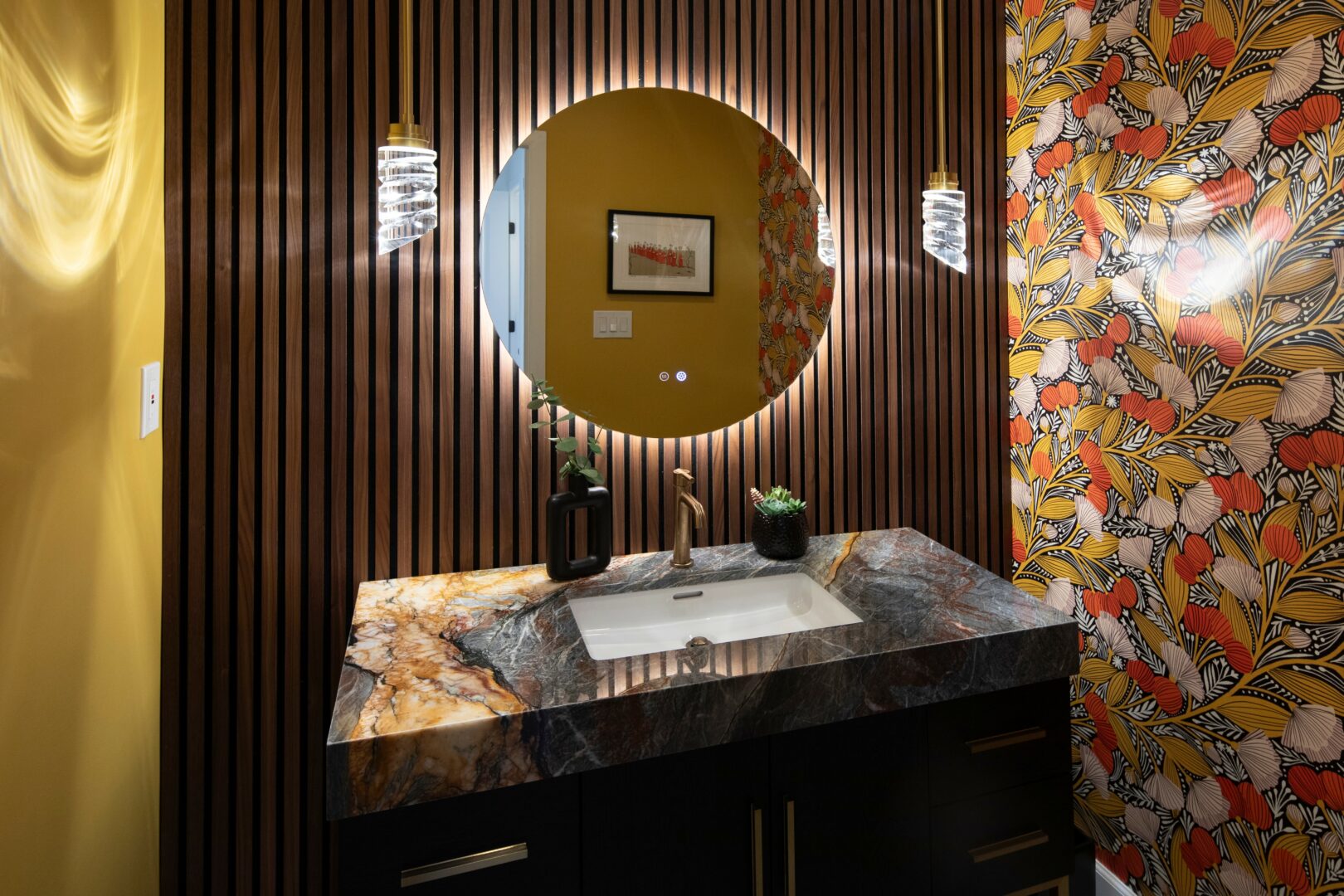
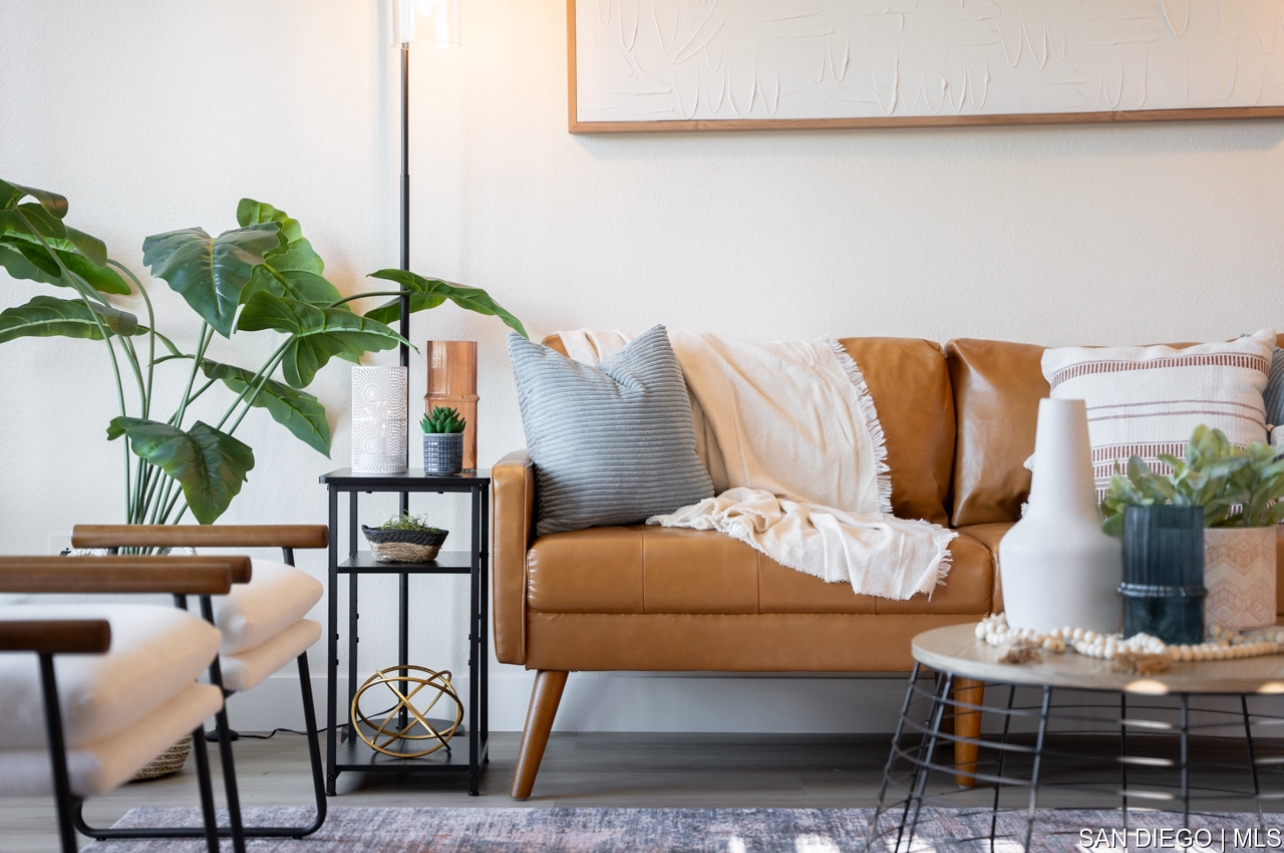
If you had to pick three qualities that are most important to develop, which three would you say matter most?
The Ability to Read a Room. Confidence in my Sense of Style. Staying Extremely Organized.
Reading a Room is useful in any professional or personal situation. I match my energy level to the clients, I pick up on body language and social cues, and I listen. If you don’t know how to read a room, I don’t know how to teach you. I feel like you can or you can’t.
Feeling confident in my ability and sense of style is very important. If my clients could do what I do themselves, they would not have reached out to me in the first place. My job has value, and squashing feelings of Imposter Syndrome is important to keep me moving forward. I remind myself every day, that people struggle heavily with design decisions, that to me are a piece of cake. They wouldn’t have hired me if it was as easy for them, as it is for me.
Staying organized is key. There’s a lot to keep track of between Interior Design Clients and their specific samples, files, etc. and then my storage facilities full of staging inventory. I sleep at night with side tables, throw blankets and decorative accessories dancing through my head. Having an organized inventory helps me execute a staging quickly and effectively, and having client information organized helps me move through theor projects quickly. And all of it saves my sanity.
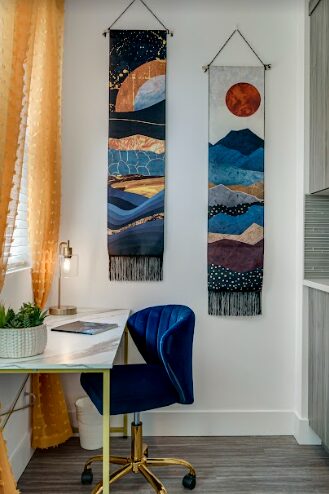
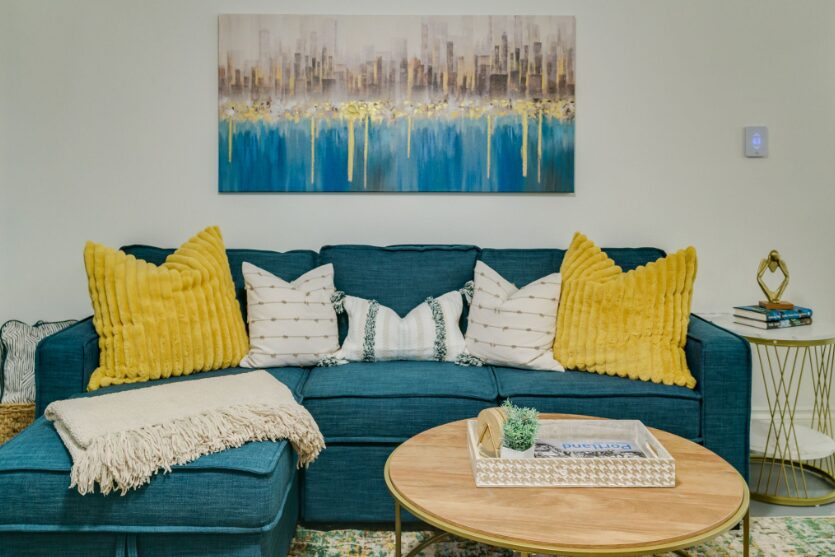
Tell us what your ideal client would be like?
Honestly anyone could be an ideal client for me. People that want to upgrade and redesign their home to live in it and enjoy it, as well as people who are ready to list it and leave it, but want to increase their chances on higher profits through staging, are my ideal clients. People that will let me come in and have some creative direction, are my favorite to work with.
Contact Info:
- Website: https://www.southerncaliforniadesignandstaging.com/
- Instagram: https://www.instagram.com/socal_design_and_staging/
- Linkedin: https://www.linkedin.com/in/heidi-ingersoll-gammarano/
- Yelp: https://www.yelp.com/biz/southern-california-design-and-staging-oceanside
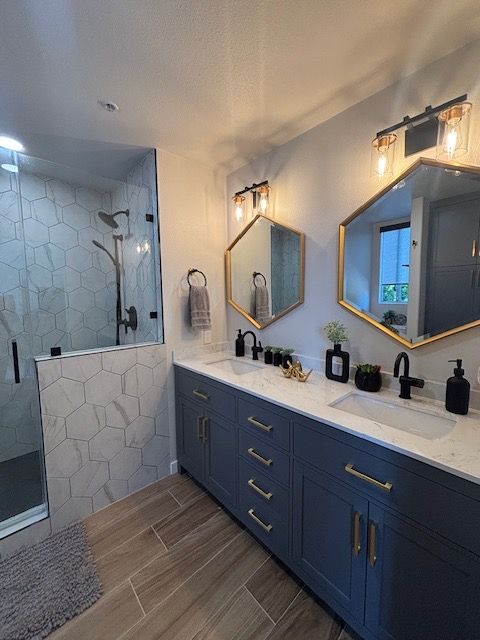
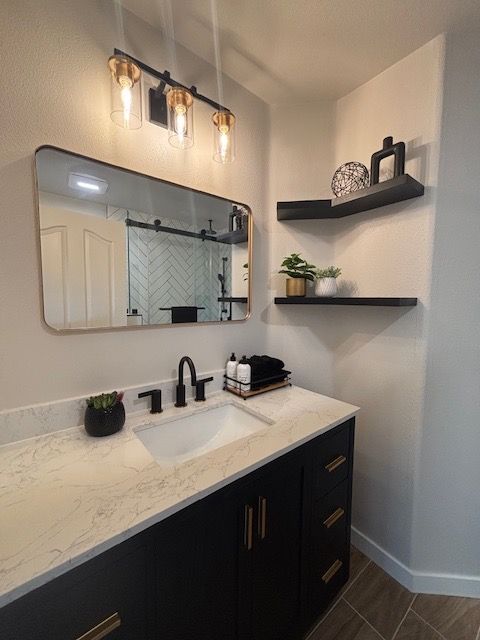
so if you or someone you know deserves recognition please let us know here.

